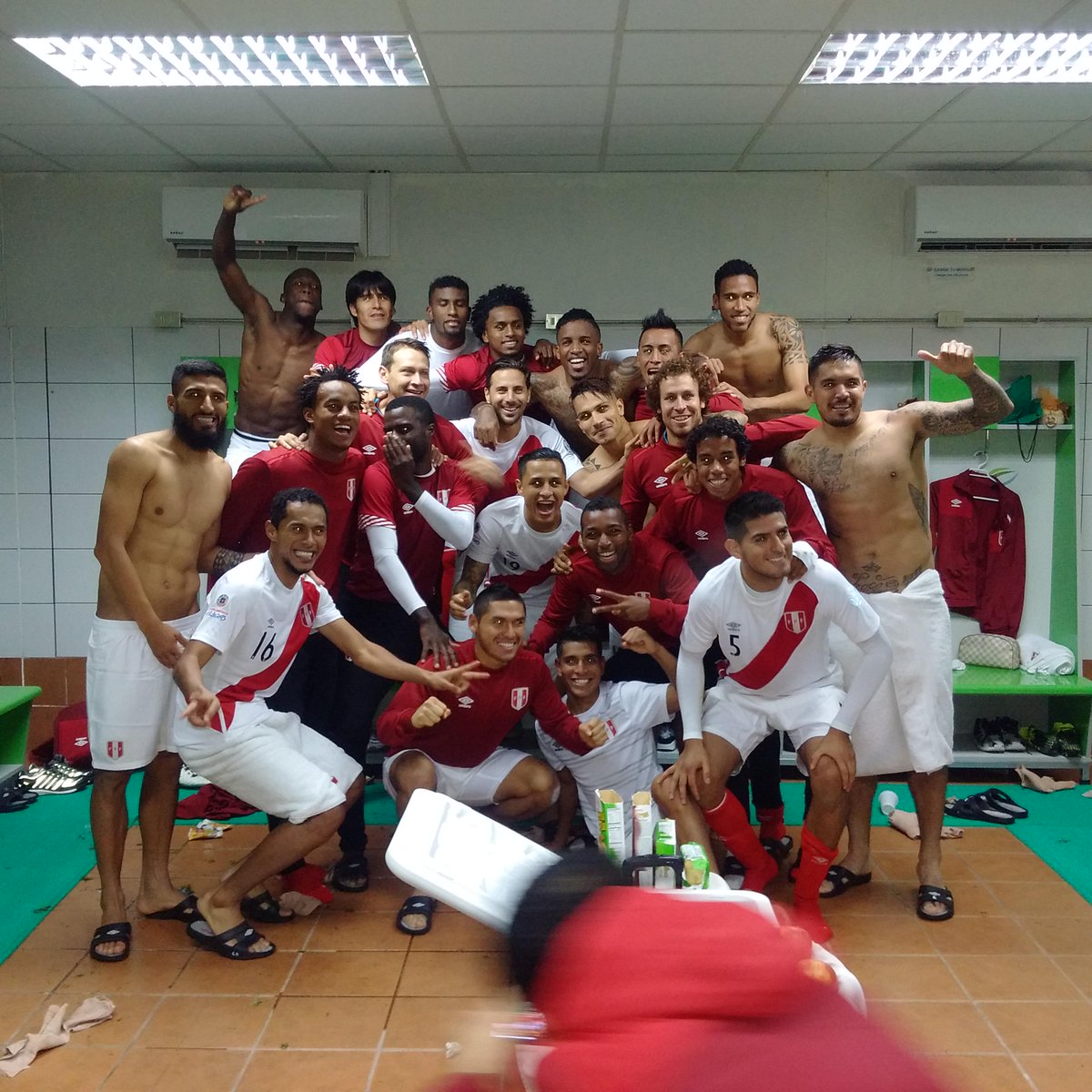Great excitement and pride recently over Peru's impressive performance during the Copa America.
And then an additional stirring moment when captain and Bayern Munich striker Claudio Pizarro became the first player in the tournament to tweet in Quechua.
Pizarro told El Comercio that he had
to get help from the internet, his team mates and the team’s physio to post the
messages. “I would have liked to have learned it in school, and have it. But it
helps at least to get people excited and fired up. And at the same time we help keep
it alive – not to lose this language that is ours.”
Quechua is one of Peru’s official languages, along with
Spanish, and is still spoken by about 3.5 million people, mainly in the central
and southern Andes. It’s only one of the country’s indigenous languages - there’s
also Aymara from the southern plains of Puno and Lake Titicaca, and other lesser known languages from the Amazon region.
Although these languages are starting to be recognized more,
they are struggling to survive as people move from the country to the larger
cities and the coast where Spanish is dominant.
Tello’s knowledge of Quechua was a huge advantage in his work. It wasn’t only about uncovering artefacts. It was all about the people. There’s a strong sense of this in tio Hernan’s Anecdotes. For them the excitement was in the stories those treasures could tell about the past and how those stories resonate down the generations to form a living link in the indigenous populations.
Tello’s enthusiastic investigative approach
was apparent from early on. Hernan describes the scientist’s first field trip
as a young student
The governor of Huantán
In which three students excite considerable suspicion in Yauyos
In which three students excite considerable suspicion in Yauyos
The young Tello was twenty years old and in the second year of his
studies when, under the guidance of his professor Sebastián Barranca, he
organized his first anthropological field trip. He chose the province of
Yauyos, so that he could study the cauqui language, along with the flora, fauna
and folklore of the region.
